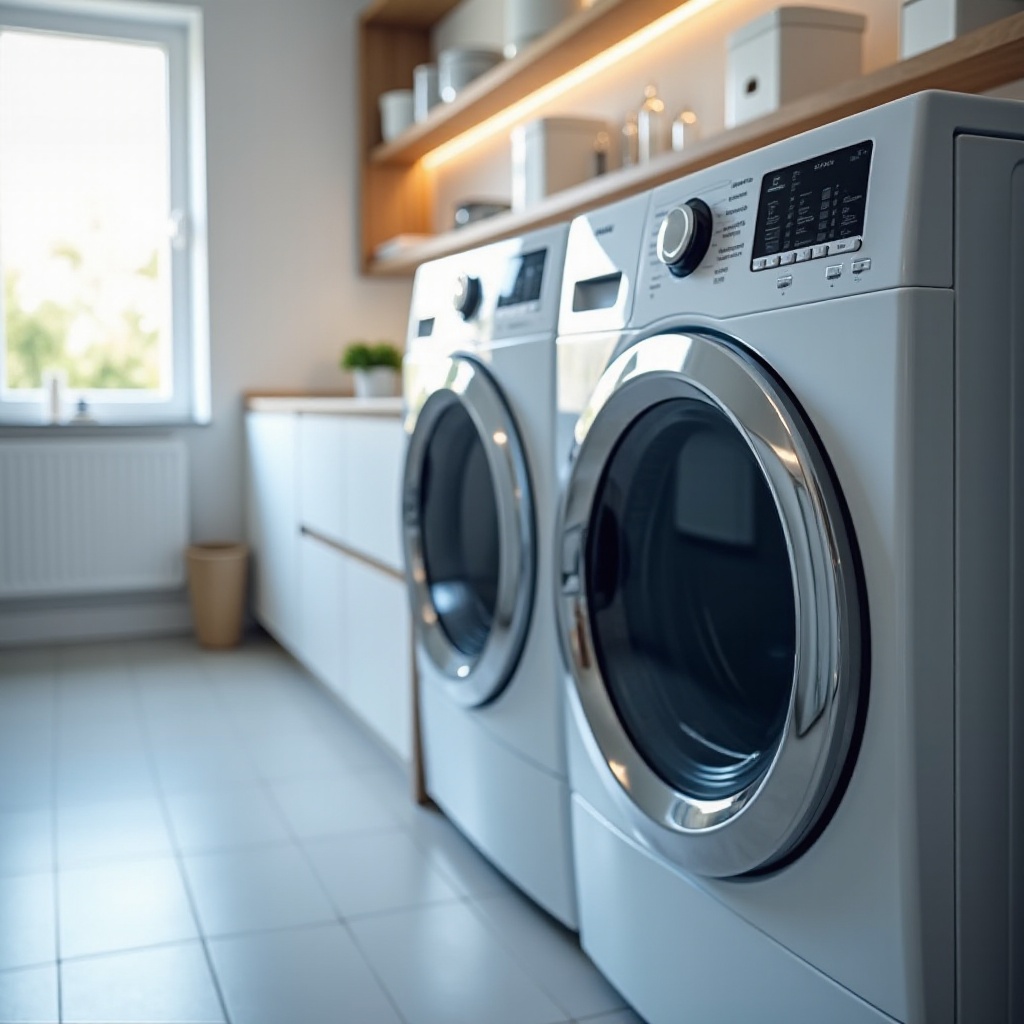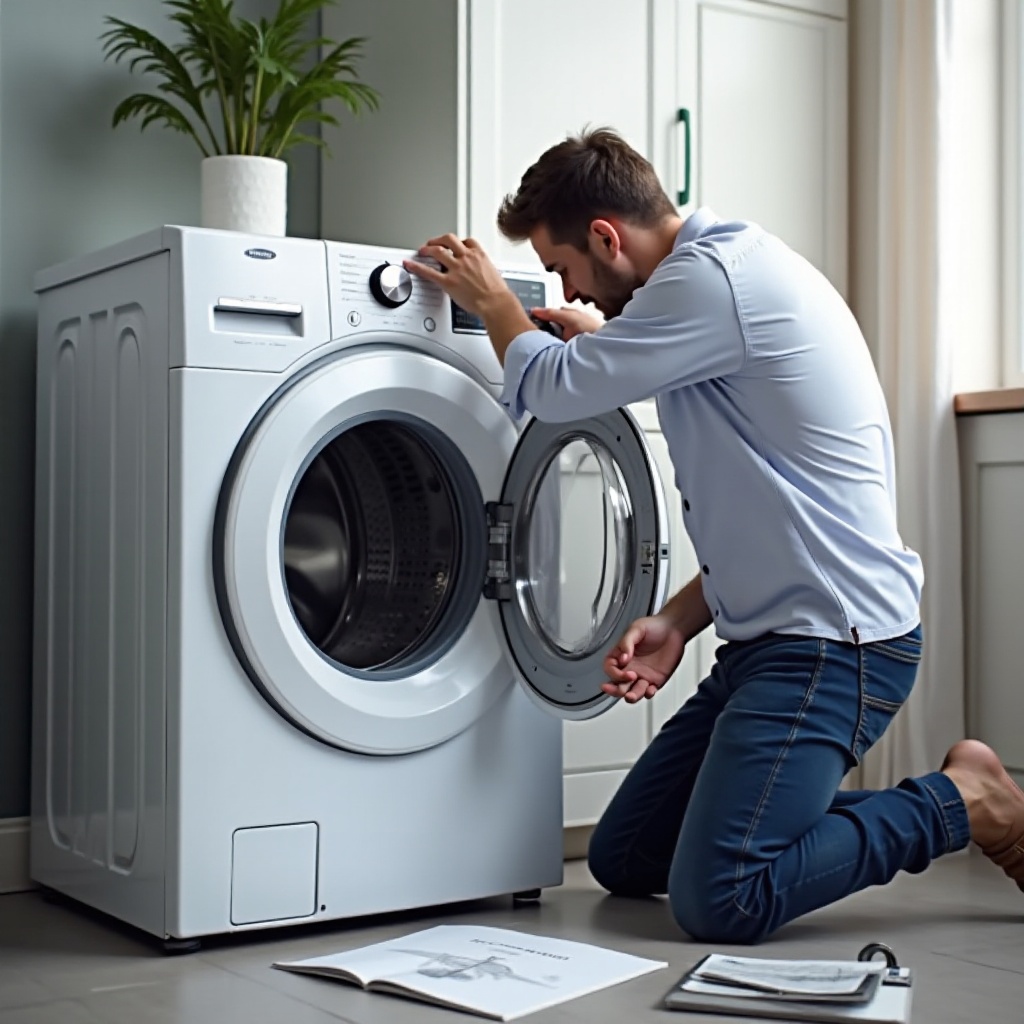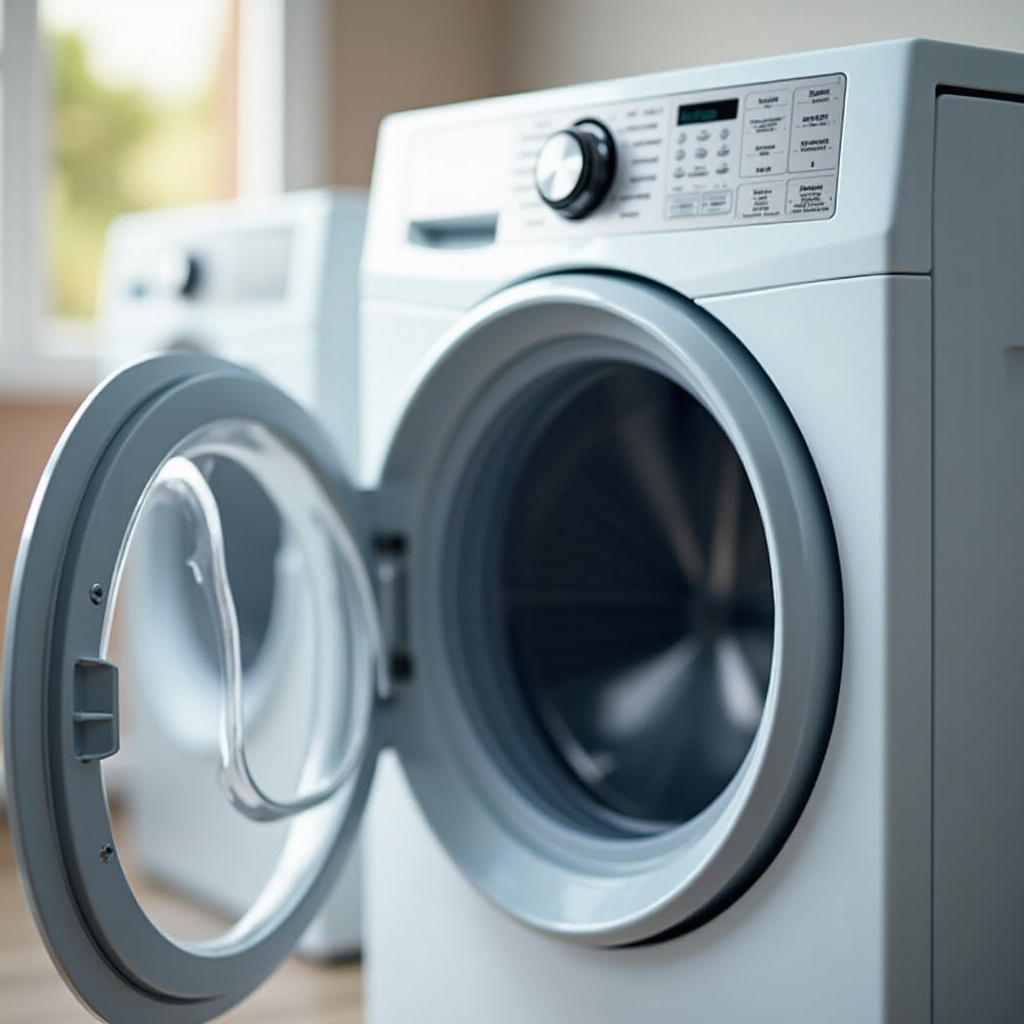Introduction
Samsung VRT washers are favored for their advanced technology and efficient performance. However, like any appliance, they can face issues over time. Understanding and addressing these problems promptly can help maintain your washer's performance and extend its lifespan. In this guide, we will explore common Samsung VRT washer problems, provide detailed solutions, and share preventive maintenance tips.

Common Samsung VRT Washer Problems
Samsung VRT washers are designed to be durable and reliable, but users often encounter a few common issues. These problems vary from minor annoyances to significant functional disruptions. Knowing how to identify and address these issues can save time and prevent further damage. The most common problems include:
- Vibration and Noise Issues
- Water Leakage
- Draining and Spinning Problems
Identifying these problems is the first step toward finding effective solutions. Let’s dive into each issue and understand how you can fix them.
How to Fix Vibration and Noise Issues
Vibration and noise are among the top complaints from Samsung VRT washer users. These disturbances not only affect the washing experience but may also indicate underlying issues that need attention. To address vibration and noise, follow these steps:
Checking for Uneven Flooring: Ensure your washer is placed on a level surface. Use a leveling tool and adjust the washer's feet to eliminate any wobbling.
Balancing Laundry Loads: Distribute clothes evenly in the drum. Avoid overloading the washer, and mix large items with smaller ones to maintain balance.
Inspecting and Replacing Shock Absorbers: If vibration persists, check the shock absorbers or suspension springs for wear. Replace them if necessary to stabilize the drum during spins.
Regularly checking these aspects can significantly reduce vibration and noise, maintaining a smoother operation.

How to Fix Water Leakage
Water leakage can cause extensive damage to both the washer and the surrounding area. Addressing leaks promptly is crucial. Here's how you can fix common sources of water leakage:
Inspecting and Replacing Door Gaskets: Check the door gasket for cracks or buildup. If you find any damage or mold, replace the gasket to ensure a tight seal.
Cleaning the Drain Pump Filter: A clogged drain pump filter can cause water to back up. Clean the filter regularly to maintain proper drainage.
Checking Water Inlet Valves and Hoses: Inspect all hoses for cracks or loose connections. Tighten any loose fittings and replace damaged hoses. Ensure the water inlet valves are functioning correctly.
By systematically addressing these areas, you can prevent water leakage and avoid potential damage.
Solving Draining and Spinning Problems
Proper draining and spinning are essential for the efficient operation of your washer. Here are steps to fix common draining and spinning issues:
Cleaning and Replacing the Drain Hose: Check the drain hose for blockages or kinks. Clean it thoroughly and replace it if it shows signs of wear.
Inspecting the Drain Pump and Electrical Connections: Ensure the drain pump is functioning properly by testing it for clogs and electrical continuity. Check all connections for damage.
Checking the Motor, Drive Belts, and Clutch: Inspect the washer's motor and drive belts for wear and tear. Replace faulty components as needed. Also, ensure the clutch mechanism is engaging correctly during spin cycles.
These steps can help resolve most draining and spinning problems, ensuring your washer operates efficiently.
Preventive Maintenance Tips
Preventive maintenance is key to prolonging the life of your washer and reducing the risk of common issues. Incorporate these tips into your routine:
- Regular Inspection and Cleaning: Frequently inspect and clean the drum, filter, hoses, and door gasket to prevent buildup and ensure smooth operation.
- Proper Load Distribution and Washer Placement: Follow the manufacturer's guidelines for load sizes and ensure the washer is placed on a level, stable surface.
- Maintaining Filters and Valves: Regularly clean and check the washer's filters and valves to prevent clogs and ensure efficient water flow.
By following these preventive tips, you can maintain your washer's efficiency and avoid unexpected breakdowns.

Conclusion
Understanding common Samsung VRT washer problems and learning how to fix them can save you time and money. Regular maintenance is vital to keep your washer running smoothly. By following the troubleshooting steps and maintenance tips provided in this guide, you can address issues promptly and extend the life of your washer.
Frequently Asked Questions
How often should I clean my Samsung VRT washer?
It's recommended to clean your Samsung VRT washer once a month. Regular cleaning helps to prevent mold, mildew, and soap scum buildup, ensuring your washer runs efficiently.
What should I do if my washer is still noisy after leveling?
If your washer remains noisy after leveling, check for other issues such as worn shock absorbers or unbalanced laundry loads. Ensure all components are intact and consult a professional if the problem persists.
When should I call a professional for repairs?
You should call a professional for repairs if your washer displays error codes, there are electrical issues, or mechanical parts such as the motor, drive belts, or pump need replacement. Avoid attempting complex repairs yourself.
